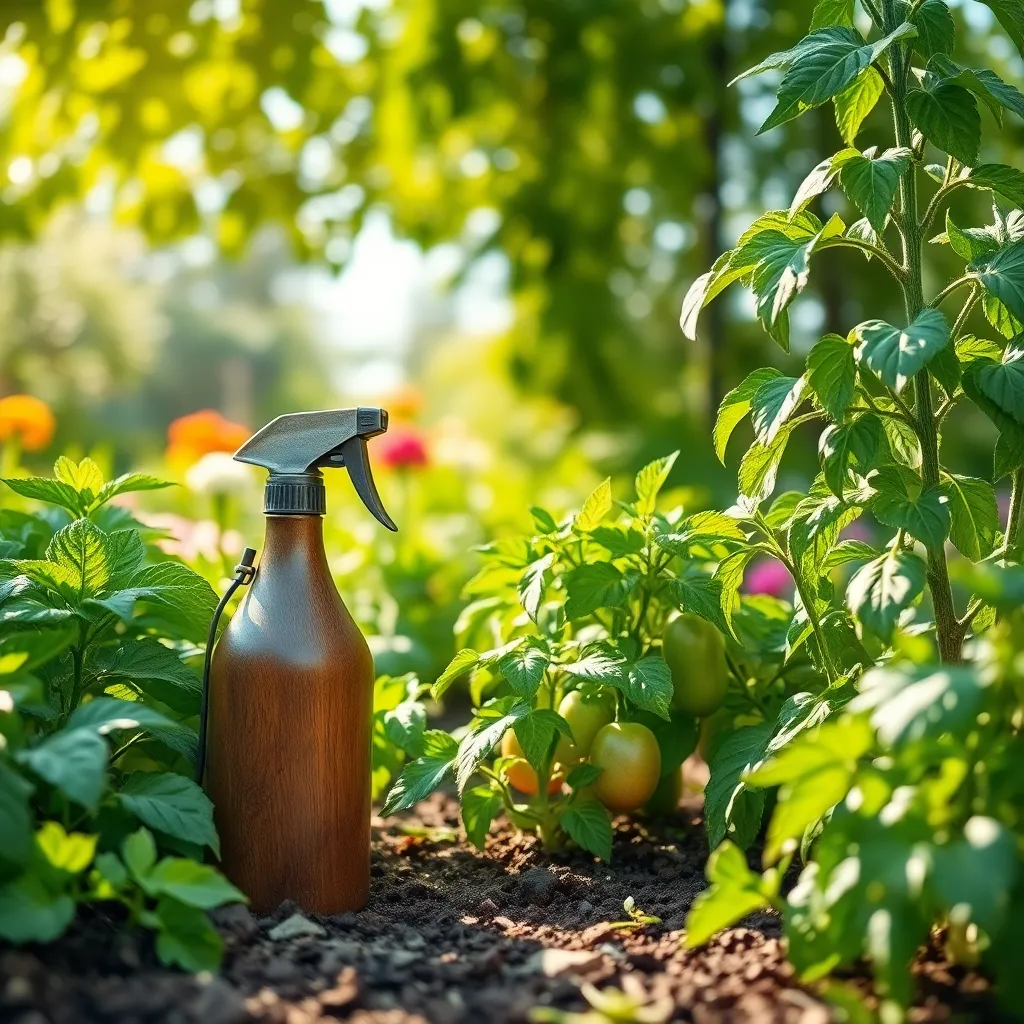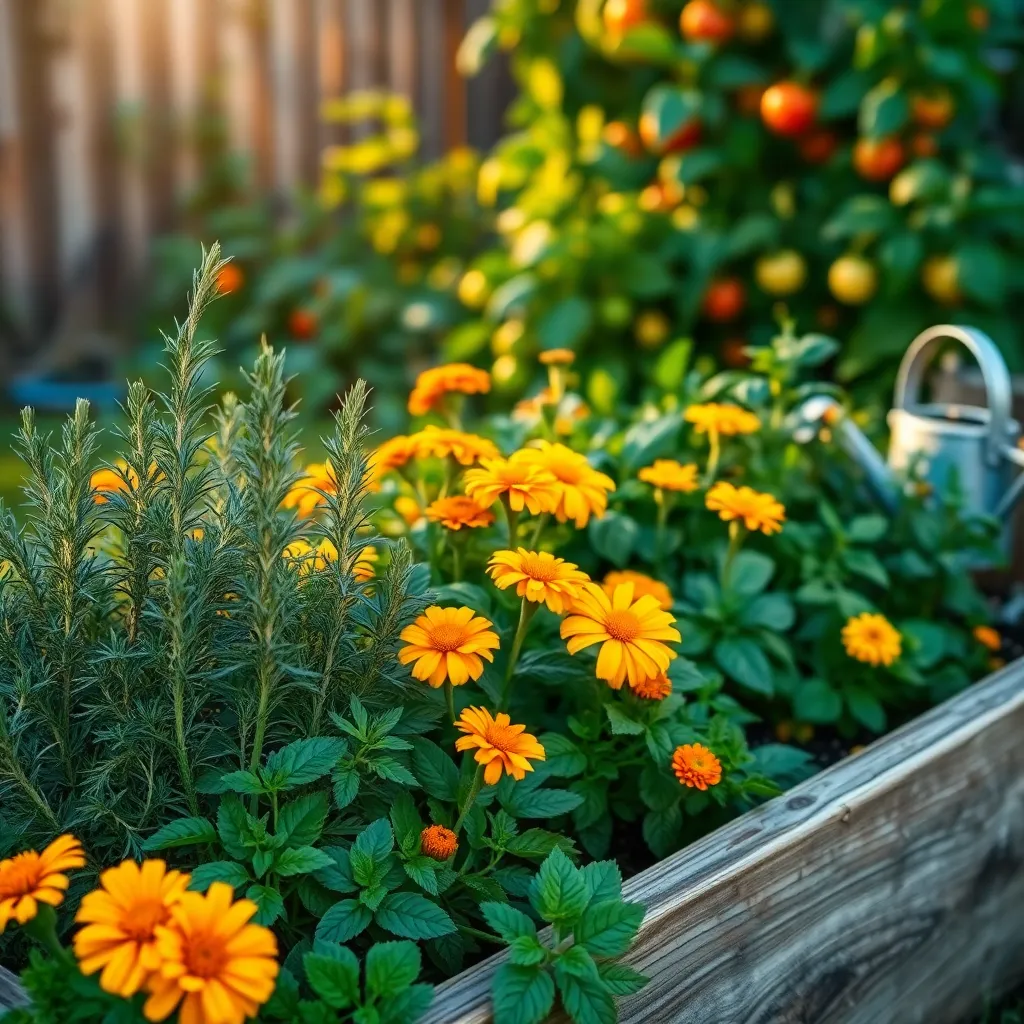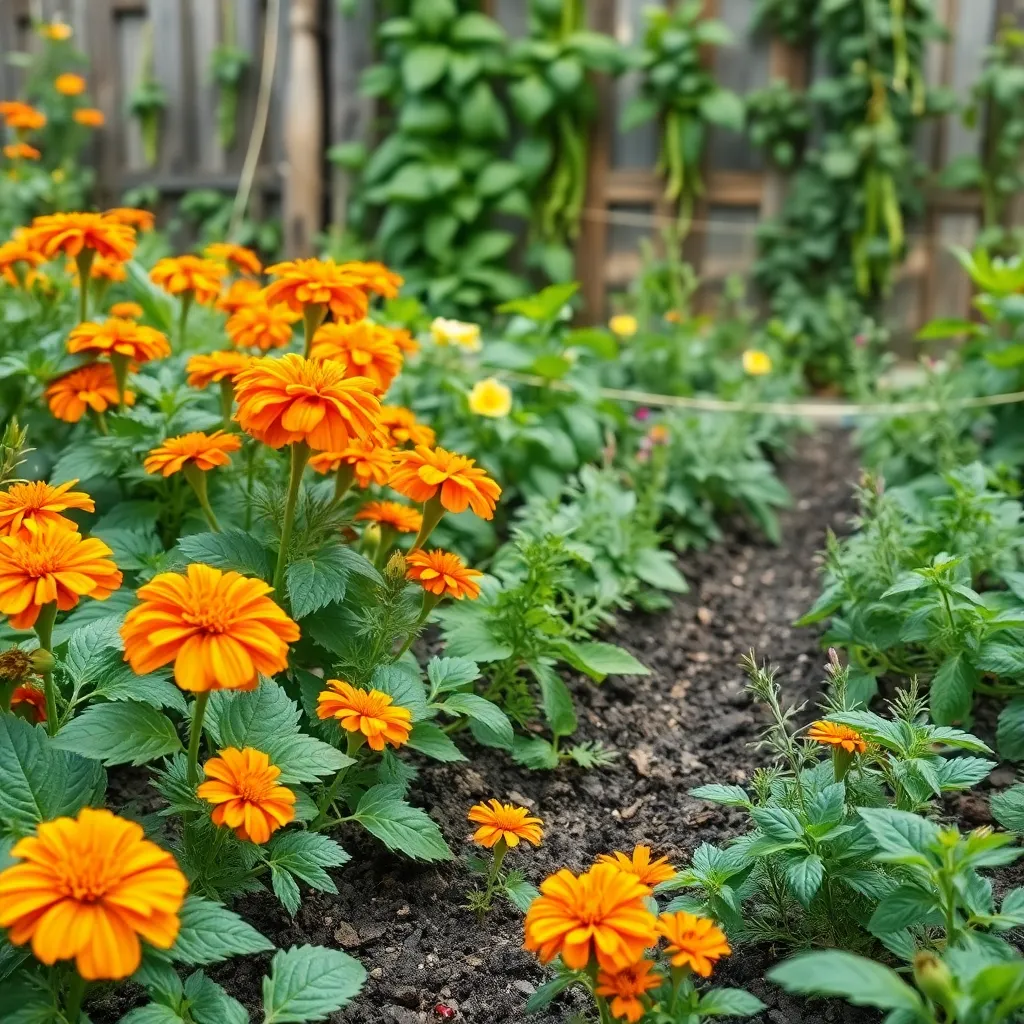In the vibrant world of gardening, nothing quite matches the joy of watching your plants thrive, especially when you know they’re growing in a healthy, pest-free environment. Whether you’re just starting out with your very first seedling or you’re a seasoned gardener with years of experience under your belt, our guide, “Organic Ways To Get Rid Of Garden Pests,” is your ticket to cultivating a flourishing garden without harsh chemicals. This collection of techniques is designed to help you protect your plants using natural methods that are both environmentally friendly and effective.
Think of this guide as your trusty companion, equipping you with the knowledge to tackle any pest problem with confidence and ease. By embracing organic pest control, you’ll not only ensure the health of your garden but also enhance its beauty and productivity, allowing you to reap the true rewards of gardening. With practical tips and tried-and-tested solutions, you’ll soon find that maintaining a healthy garden is not only possible but immensely satisfying. Let’s embark on this journey together, unlocking the secrets to a bountiful garden where every plant has the chance to shine.
Introduce Beneficial Insects Naturally

Introducing beneficial insects into your garden can be a highly effective way to control pests naturally. These insects, such as ladybugs and lacewings, prey on common garden pests like aphids and caterpillars, reducing the need for chemical pesticides.
To attract these helpful creatures, plant a variety of flowering plants that provide nectar and pollen. Consider growing plants like dill, fennel, and marigolds, which are known to attract beneficial insects and enhance biodiversity in your garden.
Maintaining a healthy garden environment is crucial for sustaining beneficial insect populations. Avoid using broad-spectrum pesticides, as they can harm both pests and beneficial insects, disrupting the natural balance.
For those looking to take an advanced approach, consider installing insect hotels or nesting boxes to provide shelter for these allies. These structures can help sustain beneficial insect populations year-round, offering a safe haven during adverse weather conditions.
Apply Neem Oil Regularly

Neem oil is a powerful organic pest control solution that gardeners can use to keep their plants healthy. Regular applications of neem oil can deter a wide range of pests, including aphids, spider mites, and whiteflies, without harming beneficial insects.
To use neem oil effectively, mix it according to the instructions on the label, typically combining it with warm water and a few drops of mild liquid soap. It’s important to spray the solution evenly over the affected plants, ensuring you cover both the tops and undersides of leaves for maximum effectiveness.
Apply neem oil in the early morning or late afternoon to prevent the mixture from evaporating too quickly or causing leaf burn in direct sunlight. For best results, repeat the application every 7 to 14 days, especially during peak pest seasons, to maintain a strong protective barrier on your plants.
If you’re dealing with a severe infestation, you may need to apply neem oil more frequently, but always monitor your plants closely for signs of stress. Neem oil can also be used preventatively, so consider regular applications even if you don’t currently see pests, especially during the growing season.
Use Garlic Spray on Foliage

Garlic spray is a powerful, natural ally in your fight against garden pests. By making your own garlic spray, you can protect your plants without resorting to harsh chemicals.
To make a basic garlic spray, blend two full bulbs of garlic with a quart of water and let it steep overnight. Strain the mixture in the morning and add a teaspoon of mild liquid soap to help it adhere to plant leaves.
Once prepared, transfer your garlic spray into a spray bottle for easy application. Spray the solution on plant foliage early in the morning or late in the evening to avoid leaf burn from the sun.
For best results, apply garlic spray once a week and after heavy rains, as the mixture can wash off. This method not only deters pests but also gives you an organic and sustainable option for garden care.
Plant Companion Herbs Strategically

Strategically planting companion herbs can effectively repel garden pests while enhancing plant growth. For instance, basil can deter aphids and asparagus beetles, making it a great companion for tomatoes and asparagus.
Parsley is another excellent herb that can attract beneficial insects like ladybugs, which prey on harmful pests. Planting parsley near carrots and tomatoes can help protect these veggies from common garden threats.
Moreover, planting chives around your garden can help repel aphids and Japanese beetles. Ensure chives are grown in well-drained soil and receive at least six hours of sunlight daily for optimal growth.
For more advanced gardeners, try interplanting dill with cabbage to combat cabbage worms. Dill thrives in rich, slightly acidic soil, and its aromatic foliage can confuse and repel various pests.
Create Natural Pest Barriers

To create natural pest barriers, consider setting up physical barriers like row covers or nets. These can prevent insects from reaching your plants while still allowing sunlight and rain through, making them a sustainable option for protecting your garden.
Another method is to use mulches that deter pests, such as cedar or cypress. These types of mulch not only suppress weeds but also release oils that repel certain insects, providing a dual benefit for your garden.
For a more advanced approach, try planting a living barrier with pest-repelling plants like marigolds or nasturtiums around your garden’s perimeter. These plants emit scents that many pests find unappealing, thereby reducing the likelihood of infestations.
Additionally, installing a small water feature can attract beneficial insects like dragonflies, which prey on harmful pests. By maintaining this ecosystem balance, you can minimize pest problems without resorting to chemical solutions.
Conclusion: Growing Success with These Plants
In navigating the intricate dance of relationships, understanding and addressing common challenges is essential. This article has explored five key concepts: communication as the cornerstone, the art of compromise, the power of empathy, nurturing trust, and the importance of shared goals. Each concept is akin to tending a garden, where attention and care foster growth and harmony.
As your actionable next step, focus on enhancing communication with your partner today. Initiate an open conversation about your shared aspirations and listen actively. This simple act can lay a stronger foundation for your relationship’s flourishing future.
Remember, the journey to a thriving partnership is ongoing. Bookmark this article to revisit these valuable strategies whenever you need a refresher. As you implement these practices, envision the success of your relationship blossoming over time, reinforcing the bond you cherish.
Your relationship is a living entity, continuously evolving. Stay committed to nurturing it, and watch as it becomes a source of joy and fulfillment. Save this guide as a handy resource, and step confidently into a future of mutual growth and happiness.

